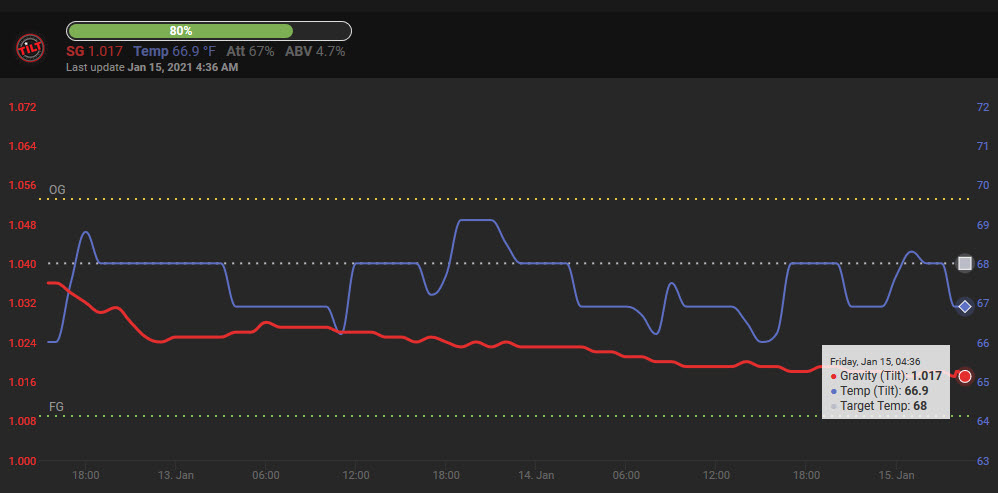I "dry hop" with an alcohol infusion on bottling day.
Get some vodka or some neutral spirit around 40%, some 200ml, let the hop in them 2 or 3 hours, smell the perfume. More than 3 hours is probably too long, you begin extracting tannins, chlorophyll, the infusion becomes dark.
Then filter the alcohol and throw the alcohol infusion into your "bucket" at the moment of bottling, just like you do with priming sugar.
Advantages of this solution:
a) you can control the amount of extraction of hop aroma;
b) you are not forced to bottle (or rack) on a certain specific day (if you let the hop too long inside your beer, you can extract unwanted aromas);
c) you are not stressed by timing about when it's the right moment to throw the hops;
d) you don't risk infection;
Disadvantages of this solution:
None came to my mind. I always used this method those few times that I had to dry hop, and I was always happy with it.
PS I only tried with with hop pellets.
PPS Doing this with 95% spirit would work but has some caveats;
a) infusion is faster;
b) you cannot really "smell" the result because the alcohol is too aggressive to your nose;
c) you have to cover your hop and that might mean "too much alcohol" (if such a concept exists for this little quantity, but the rise in alcohol content might be noticeable);
PPPS I never tried to mix the alcohol infusion directly in the priming syrup, but I suppose it can be done without problems;

















![Craft A Brew - Safale S-04 Dry Yeast - Fermentis - English Ale Dry Yeast - For English and American Ales and Hard Apple Ciders - Ingredients for Home Brewing - Beer Making Supplies - [1 Pack]](https://m.media-amazon.com/images/I/41fVGNh6JfL._SL500_.jpg)









































